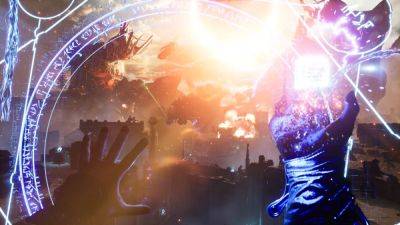One memory to rule them all? New 'superlattice' material promises an efficient world of universal memory
Ever wondered what the perfect memory chip would be like? Well, it would have to be faster than the best DRAM, store data for decades at a time so it could be used like flash memory, and use less energy than both for high efficiency. That might sound like a pipe dream but a team of researchers has developed a prototype material that could be the stepping stone needed to make it a reality.
This isn't a new idea, of course, and we've talked about the progress of ULTRARAM in the past. That's also in the research and development phase but it has the potential to reach the market, as it works completely as intended right now. The only problem is that the manufacturing of it needs to be significantly scaled up, with the cost dropping right down before it could be used instead of DRAM and NAND flash.
However, a team of scientists at Stanford University has released a paper in the Nature journal (via Live Science) that details the development of a new semiconducting material that can be stacked into a superlattice, making it ideal as the basis of a memory circuit.
The chips we use for the DRAM in our PCs and VRAM on our graphics cards are primarily based on repeated layers of silicon, metal, and insulators. Deep inside them are billions of cells, comprising transistors and capacitors, that temporarily store charge, which in turn is used to denote digital information. While very fast, DRAM has a major problem: The charge naturally dissipates very rapidly, so the cells have to be periodically refreshed.
At the other end of the scale is NAND flash. It works in a very roughly similar fashion but uses a high voltage to trap the charge in an insulated 'box', meaning it can retain data for very long periods. Better known as non-volatile memory, flash is used in SSDs and USB memory sticks to store data for years.
Unfortunately, it's really slow compared to DRAM and the cells wear out over time. What's needed is a type of memory that has all of the advantages and none of the







